Deadheading flowers: how to keep plants blooming and beautiful for longer
Get in the know about deadheading flowers. Find out how to do it, and the best time
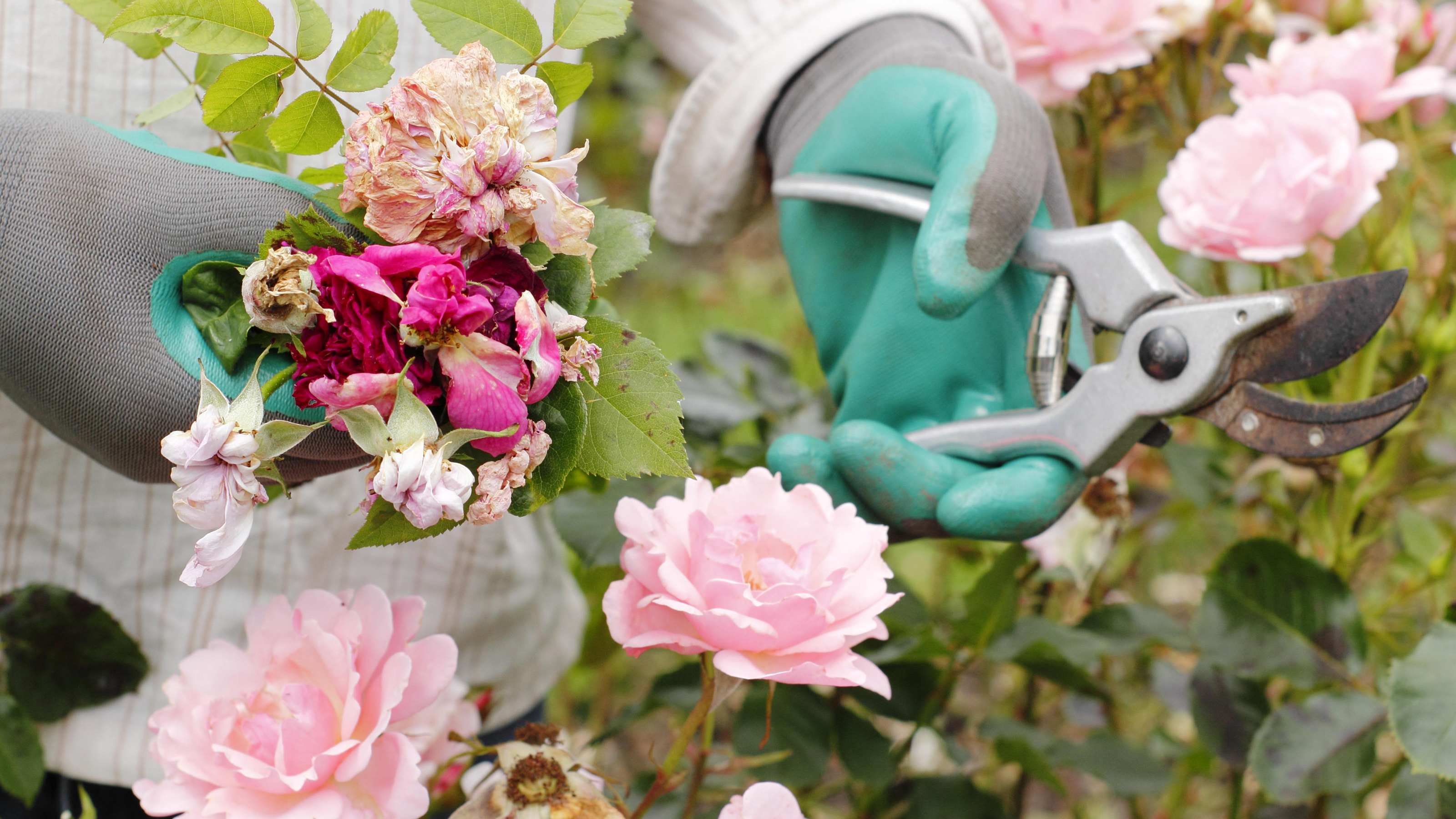

If you want more blooms, deadheading flowers is a task you need to carry out. It will keep plants looking better, too – spent flowers can make beds, borders and containers look messy and ruin their appearance despite the fact that other plants are still looking fabulous.
Deadheading isn’t just a way to get more flowers, though. It can promote stronger growth as well as extra blooms. It will help keep the backyard tidier as well, as petals won’t be left to scatter around, giving you more to clear up.
Learning how to deadhead geraniums or any other blooms will keep your vibrant flowers looking their best. Our expert tips explain why deadheading flowers is important, and how and when to do it, plus guidance on when you shouldn’t deadhead.
What is deadheading flowers?
Deadheading flowers is the process by which faded or dead flowers are removed.
It’s something you should do with most of the flowering plants in your garden, including bedding plants, roses, climbers, and shrubs such as tree peonies, lilacs, rhododendrons and camellias. There are a few exceptions, which we'll explain in more detail later on.
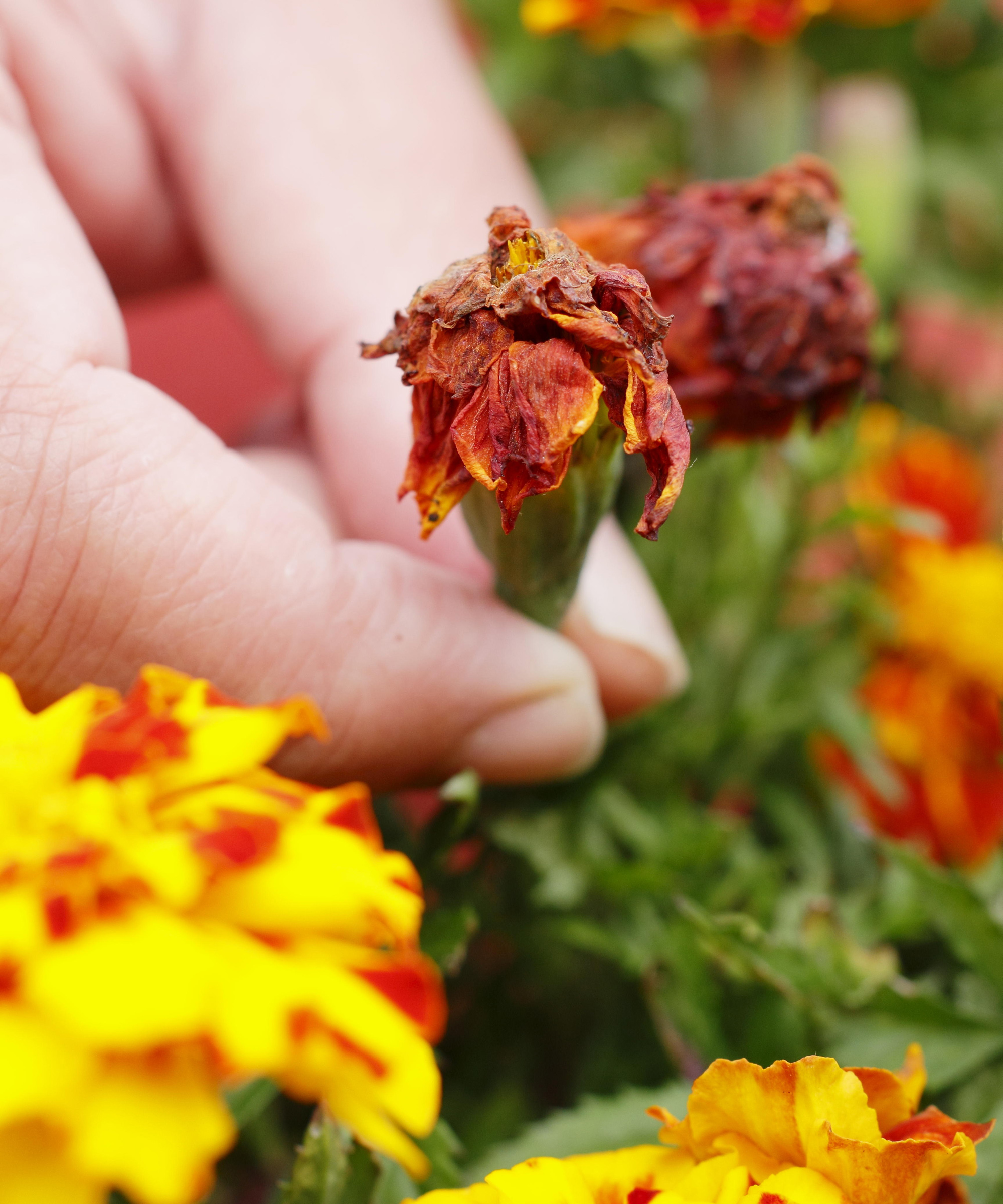
Why should you deadhead flowers?
Although it might seem that deadheading flowers is a job that’s all about tidying, there are other reasons why it’s a worthwhile task for every gardener to carry out regularly.
When you remove the spent blooms the plant’s energy goes into producing more flowers and stronger growth. If you don’t deadhead, the plant will form seed heads and pods. Do the deadheading, though and the plants will be encouraged to produce more flowers, so the result of your efforts is to extend the period during which flowers will bloom, plus it allows energy to be directed into further growth.
Some plants self-seed excessively and deadheading them will prevent this happening so they don’t outgrow the space you want them to occupy in your garden borders.
But keeping your garden tidy is also important. Brown flowers won’t look attractive and will take away from the impact of your carefully designed flowerbed ideas as the eye is drawn to the spent blooms.
Of course, dead flowers can also scatter their petals around your garden, leaving you with a cleaning-up job you could have skipped if you’d done some deadheading.
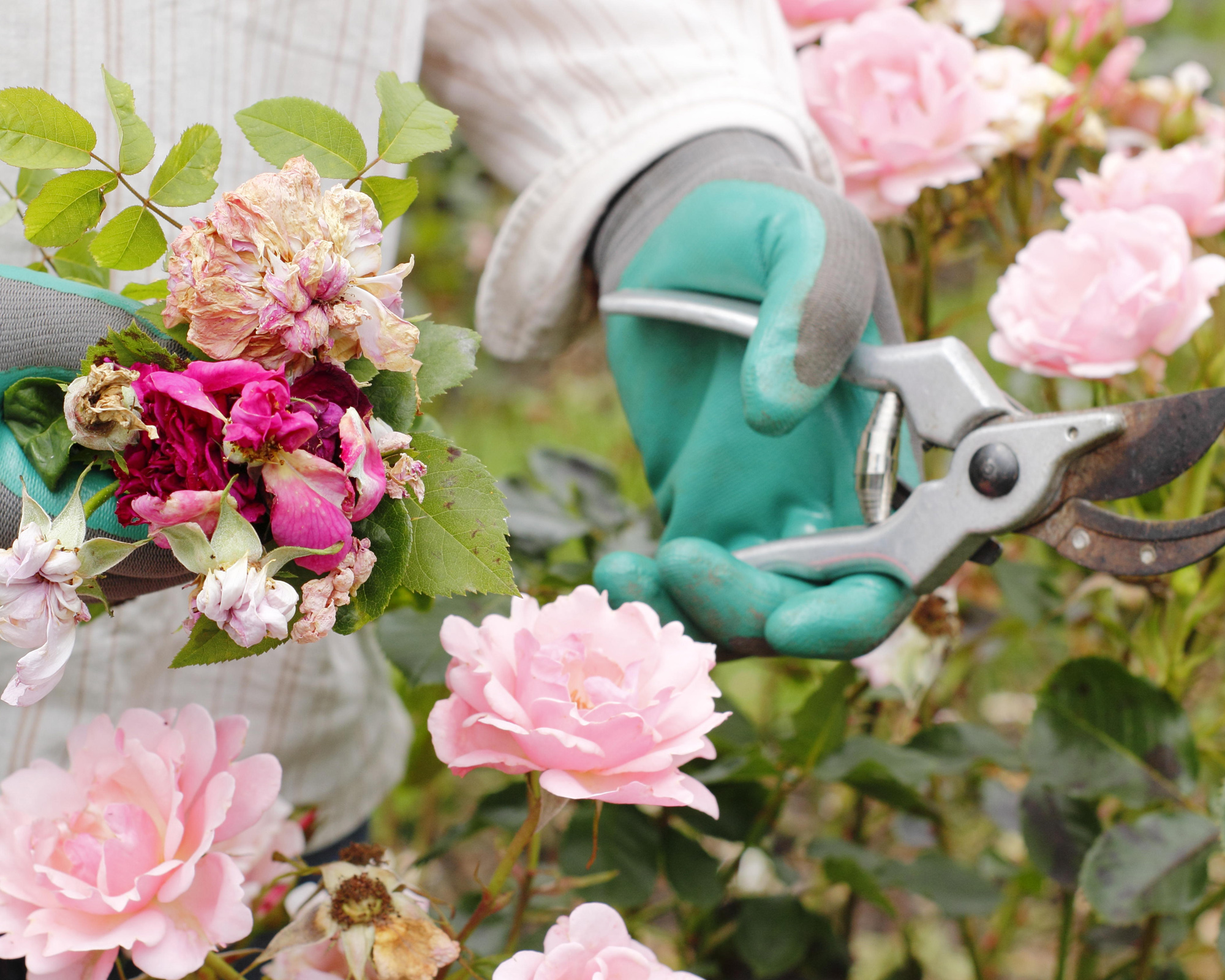
How to deadhead flowers
- Deadheading flowers is a really easy garden task. With some, you can just pinch off the spent blooms with a finger and thumb. Take both the stalk and the flower for the neatest result.
- Of course, this will only work with plants where the flowers come away from the plant easily. Others have tougher stems and where that’s the case, you’ll need to get out your best secateurs or a knife, or use scissors instead.
- Taking away just the spent flowers of summer bedding plants works just fine, but there are occasions when you should take away more of the plant, and this includes when you’re deadheading dahlias (see below).
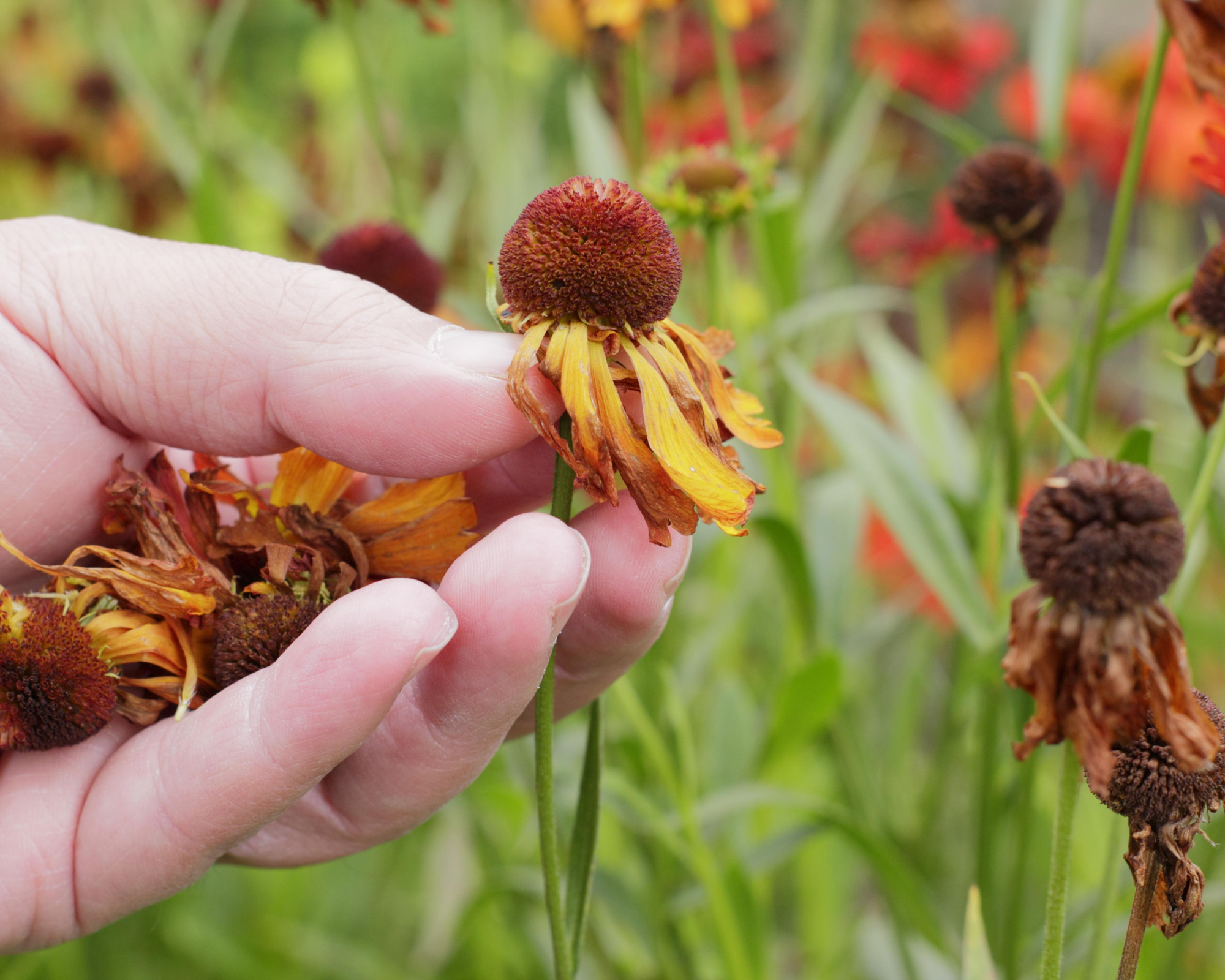
Deadheading flowers in pots
If you want to keep your container gardening ideas looking good all summer long, you need to be on top of your deadheading tasks. Tired blooms will compromise the appearance of pots, containers and hanging baskets and deadheading will encourage further blooms for a longer-lasting display. It will also help keep your plot debris-free.
When is the best time to deadhead flowers?
The task of deadheading flowers should go on throughout the growing season from when the first blooms fade. Stop when the weather becomes cooler.
It’s important to do the job regularly, and for bedding plants, daily deadheading is recommended for flowering all summer long.
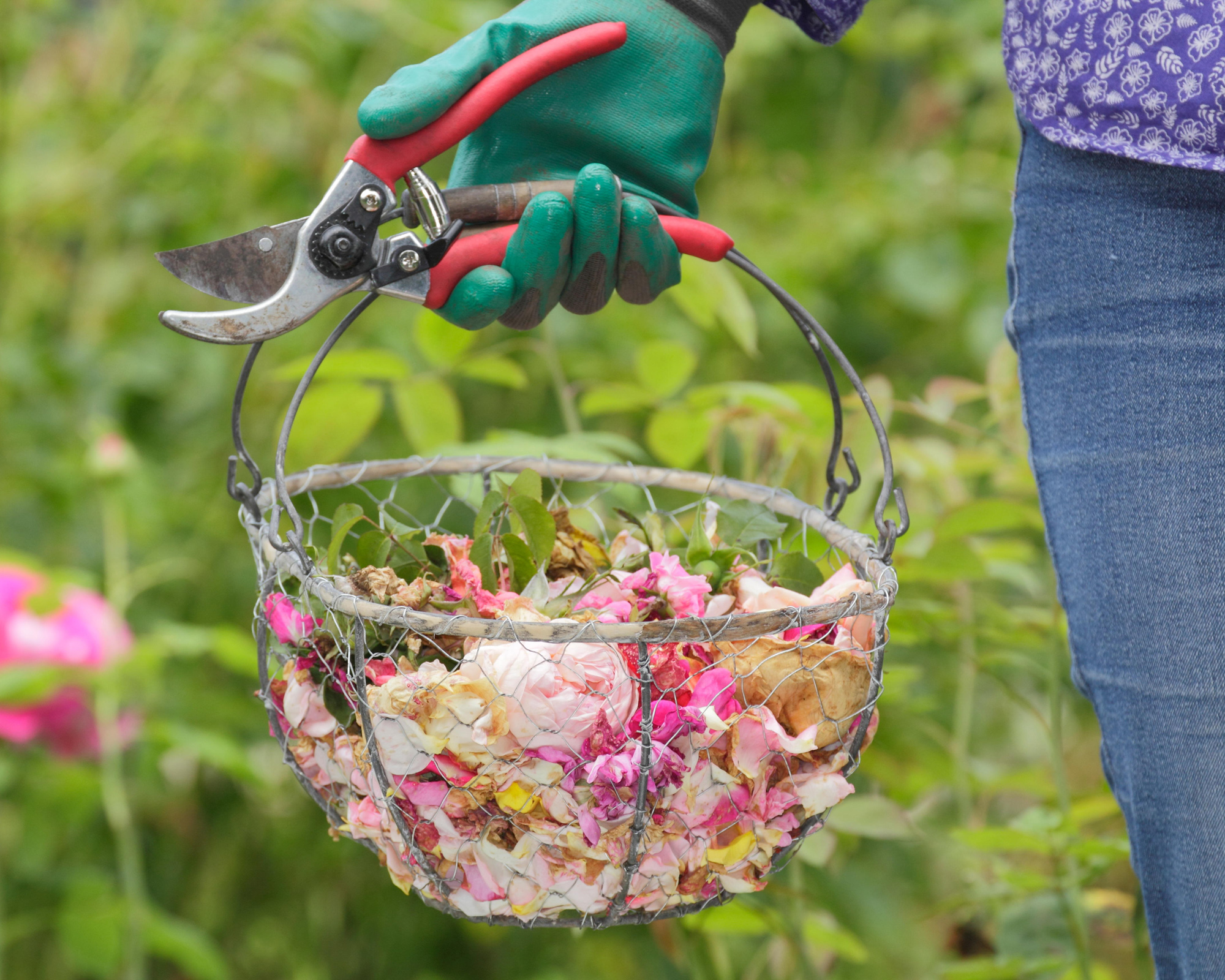
When shouldn’t you deadhead flowers?
There are some plants that don’t need to be deadheaded, others shouldn't be deadheaded straightaway, and yet others have fabulous hips, seeds or fruits you’ll want to enjoy. It’s always worth checking whether individual plants require deadheading.
- Don’t worry about deadheading salvia, bedding lobelia, fuchsias and most begonias, for example.
- If you're learning how to grow roses, most will benefit from deadheading in general, including repeat-flowering shrub roses and those shrub roses that don’t produce hips. Some roses, however, produce wonderful hips so don’t deadhead these if you want to enjoy this display.
- Skip deadheading when it comes to plants with ornamental fruits or seeds such as clematis, allium, Nigella, sedums and ornamental grasses, plus plants that have berries in the autumn.
- Leave the flowers on sunflowers, cornflowers, coneflowers and rudbeckia to feed the birds that visit your backyard. There's more tips on how to grow sunflowers in our guide.
- To encourage self-seeding, don’t deadhead plants such as foxgloves, hollyhocks and forget-me-nots.
- When it comes to how to grow hydrangeas, hold on until spring before cutting the flowers from most varieties. The faded flowerheads protect new flower buds from the frost of winter.
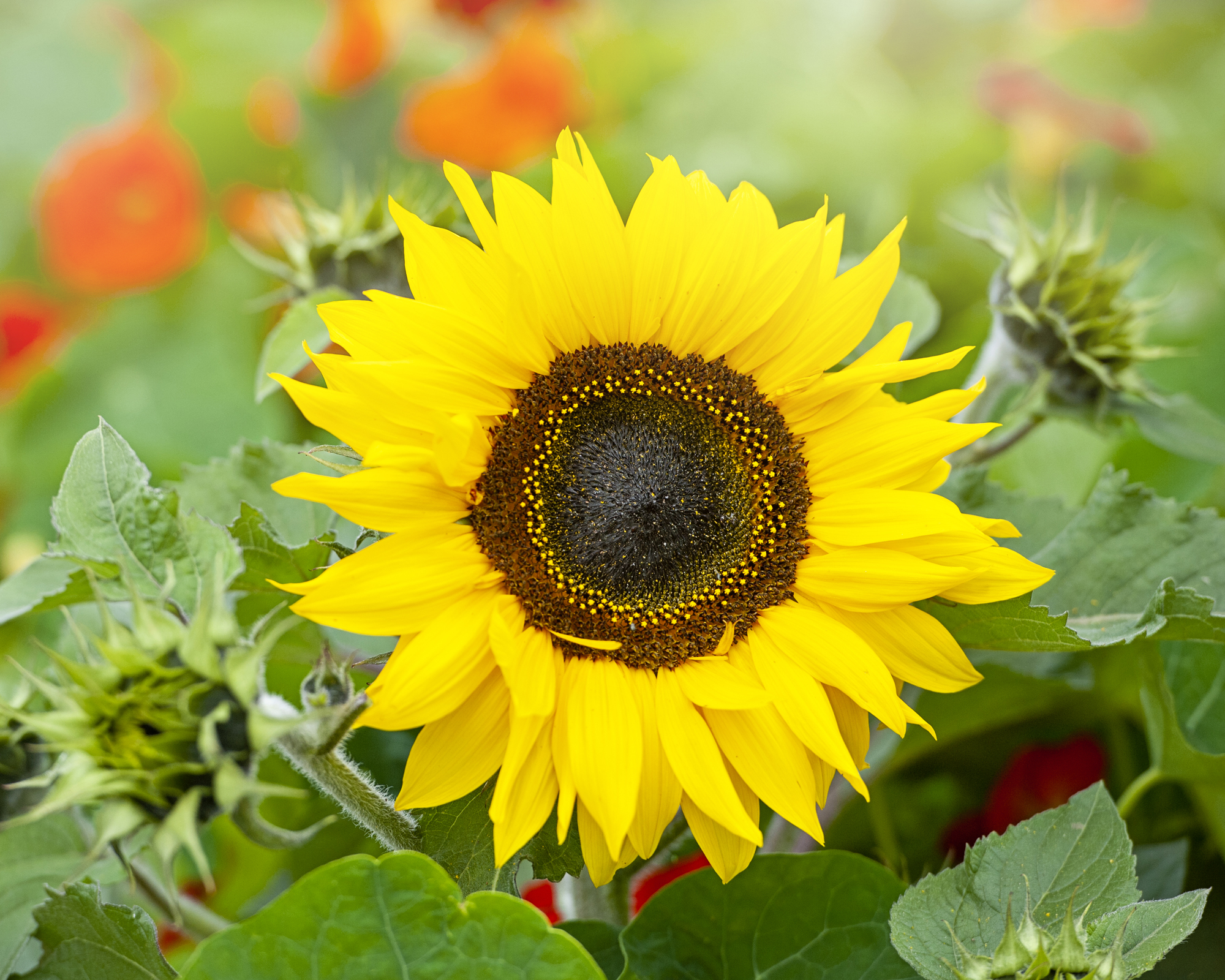
Monty Don’s top tips on deadheading dahlias
If you're learning how to grow dahlias, they should be on your list of flowers to deadhead regularly. Our favorite gardening expert, writer and broadcaster Monty Don says they’ll keep producing their spectacular blooms well into autumn if they are deadheaded regularly.
Monty gave his advice on his website, and we’re sharing his tips on deadheading dahlias along with some of our own.
- It’s essential to be able to tell a spent dahlia flower from an emerging bud as the former can look like the latter once all the petals have fallen off. How to check? You’ll need to look at its shape. Monty explains that the spent flowers are pointed and cone-shaped. Buds, on the other hand, are invariably rounded, he says. Of course, if you can still see a few wilted flower petals, that’s easy. It’s a spent bloom, and can be removed.
- Bear in mind that it’s not just the spent flowers themselves you should remove when it comes to dahlias. Follow Monty’s advice to cut back to the next side shoot. You might end up taking a long stem, but it will stimulate new flowers and avoid spikes of stem, he says.
- New flower buds form quickly so keep deadheading dahlias as frequently as you can for continuing blooms.
- Remember that while not all dahlias are attractive to pollinators, single-flowered varieties will attract bees and butterflies as part of a wildlife garden, so you’ll benefit these creatures by deadheading.
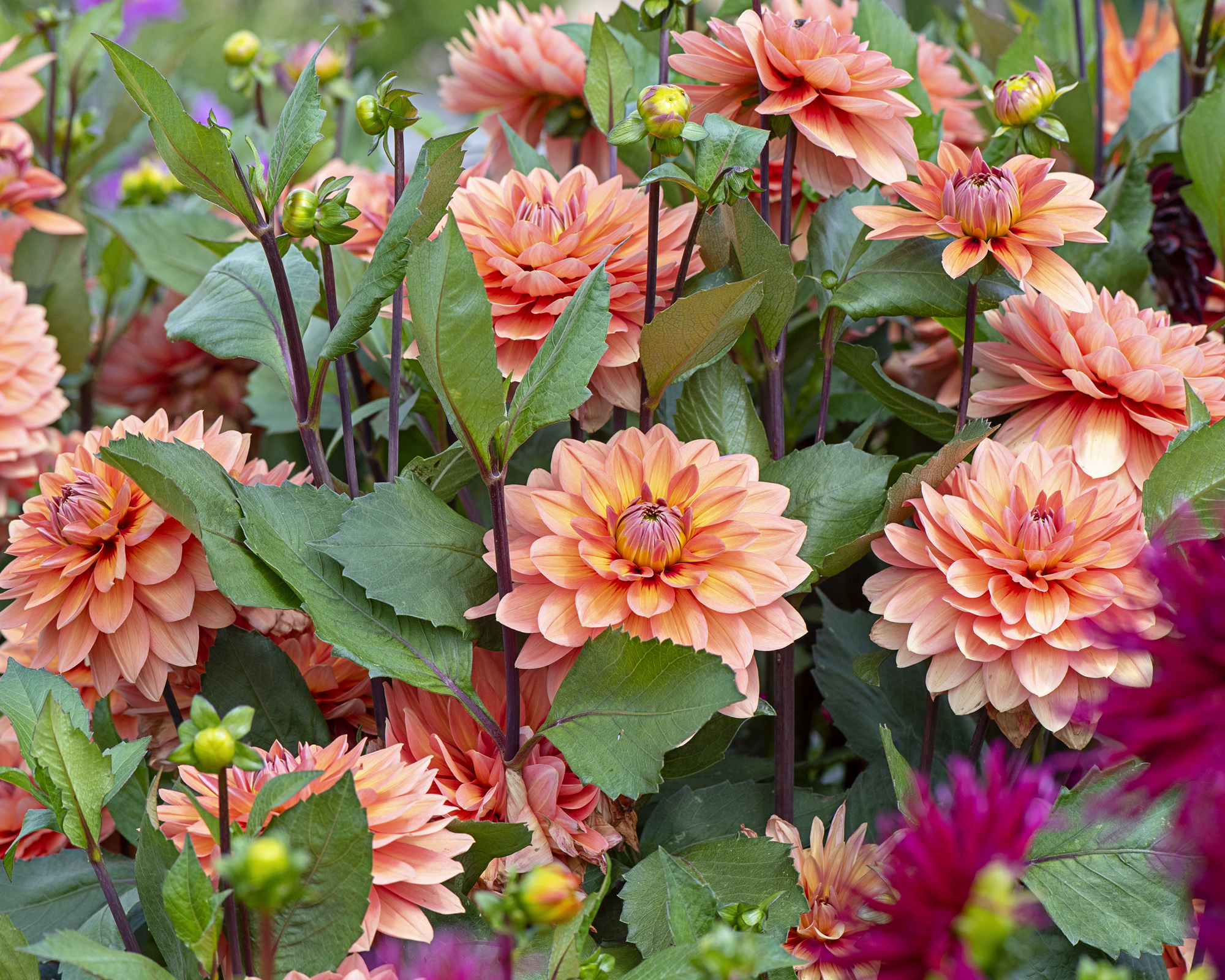
Orange 'Waterlily' dahlias

Sarah is a freelance journalist and editor writing for websites, national newspapers, and magazines. She’s spent most of her journalistic career specialising in homes and gardens and loves investigating the benefits, costs and practicalities of home improvement. It's no big surprise that she likes to put what she writes about into practice, and is a serial house revamper.
